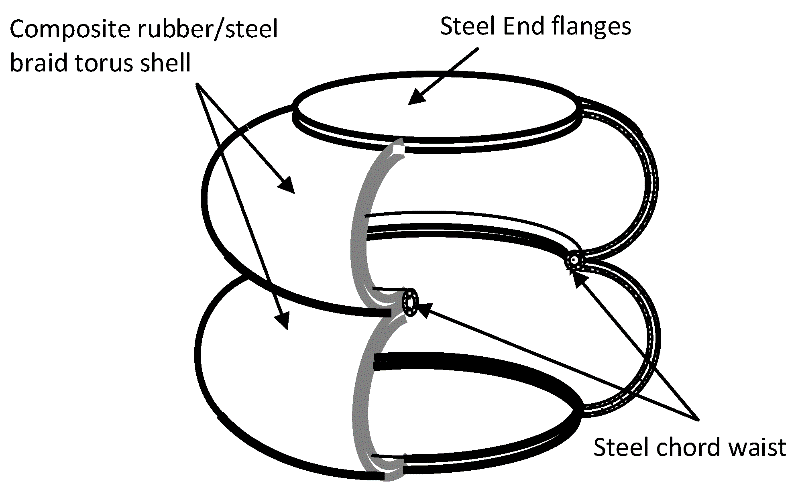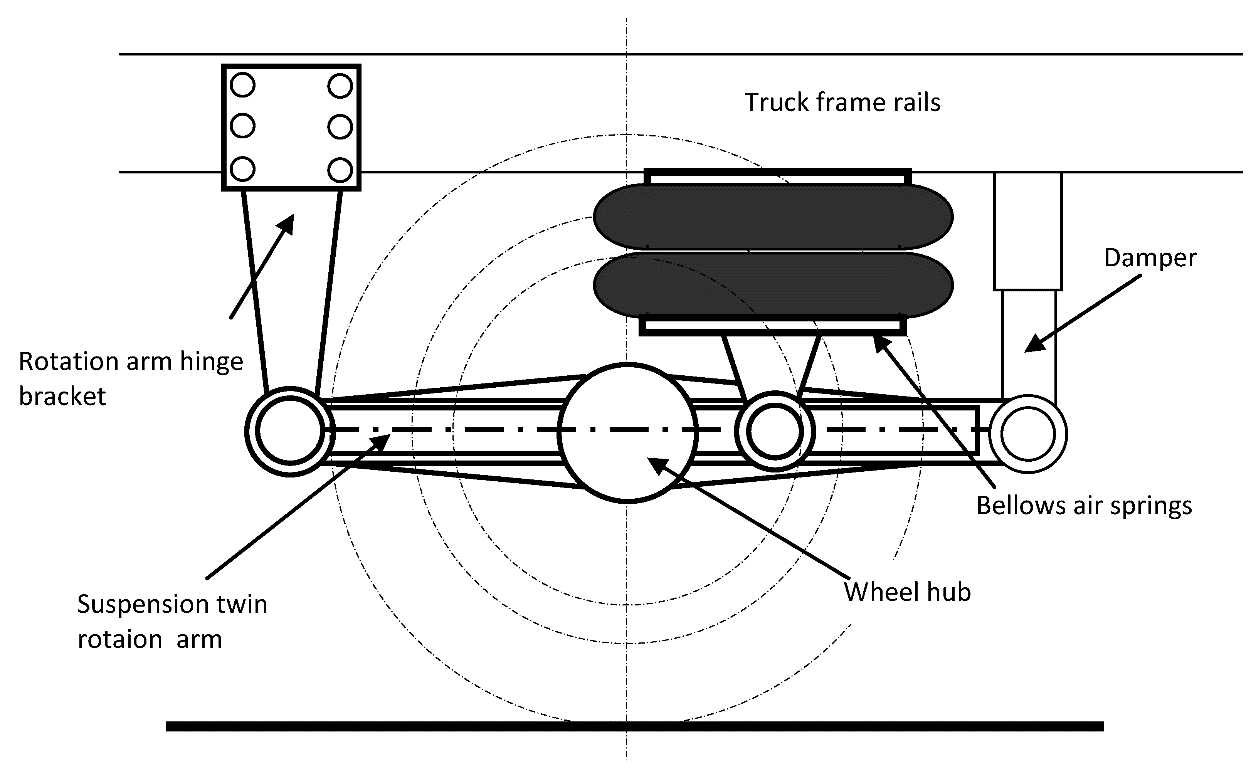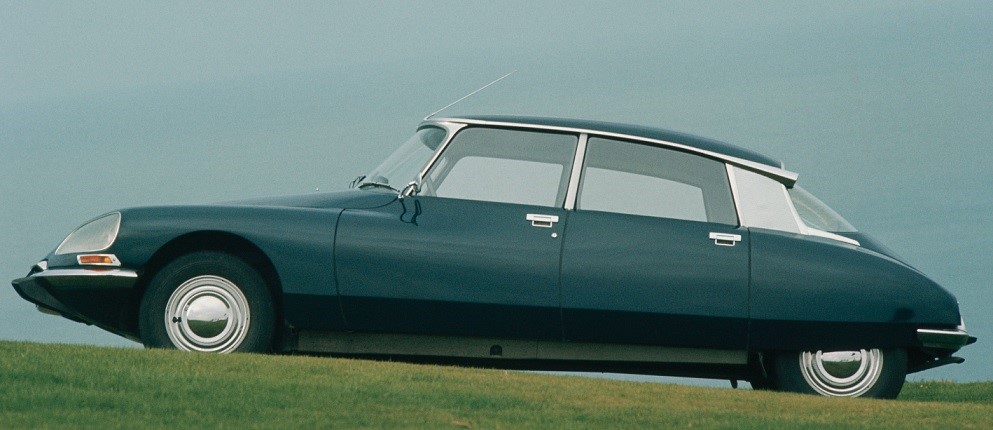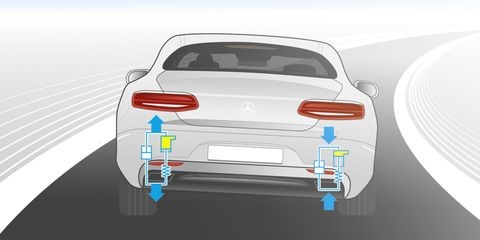
What is air suspension: it is a type of vehicle suspension powered by an electric or engine-driven air pump or compressor. This compressor pumps the air into a flexible bellows, usually made from textile-reinforced rubber, which inflate and raise the chassis from the axle.

Air suspension is used in place of conventional steel springs in heavy vehicle applications such as buses and trucks, and in some passenger cars. It is widely used on semitrailers and trains. The purpose of air suspension is to provide a smooth, constant ride quality, but in some cases is used for sports suspension.

Most famous and innovative car application came from Citroen on Traction Avant 15 and on iconic Ds model. In 1954, Frenchman Paul Magès developed a functioning air/oil hydropneumatic suspension, incorporating the advantages of earlier air suspension concepts, but with hydraulic fluid rather than air under pressure. Citroën replaced the conventional steel springs on the rear axle of their top-of-range model, the Traction Avant 15 Hydraulique. In 1955, the Citroën DS incorporated four wheel hydropneumatic suspension. This combined a very soft, comfortable suspension, with controlled movements, for sharp handling, together with a self-levelling suspension.

Modern electronically controlled systems in automobiles and light trucks usually feature self-leveling along with raising and lowering functions. Air suspension systems are used by premium brands as Audi, Bentley, BMW, Lamborghini, Ram and Rolls-Royce.
Jaguar and Porsche have gone to the next level on their XJ and Panamera models, with a system that changes the spring rate and damping settings, among other changes, for their sport/track modes.
The Lincoln Mark VIII had suspension settings, which were linked to the memory seat system, meaning that the car would automatically adjust the suspension to individual drivers.
Tesla Motors uses "Active Air Suspension" on the Model S and Model X to lower or raise the vehicle for aerodynamics and increased range.
Mercedes-Benz 2014 on the C217 S-Class Coupe introduced an update called Active Curve Tilting. This new system allows the vehicle to lean up to 2.5 degrees into a turn to counter the effect of centrifugal force on the occupants and is available only on rear-wheel drive models.

In recent years, custom applications are increasing popularity and trucks, cars, and even motorcycles may have air springs. They are used in these applications to provide an adjustable suspension, which allows vehicles to sit extremely low, yet be able rise to a level high enough to maneuver over obstacles and inconsistencies on paved surfaces. These systems generally employ small, electric or engine-driven air compressors which sometimes fill an on-board air receiver tank which stores compressed air for use in the future without delay.
Source:
https://en.wikipedia.org/wiki/Air_suspension
https://www.mdpi.com/2076-3417/8/7/1049/htm
edited by arrabbiata